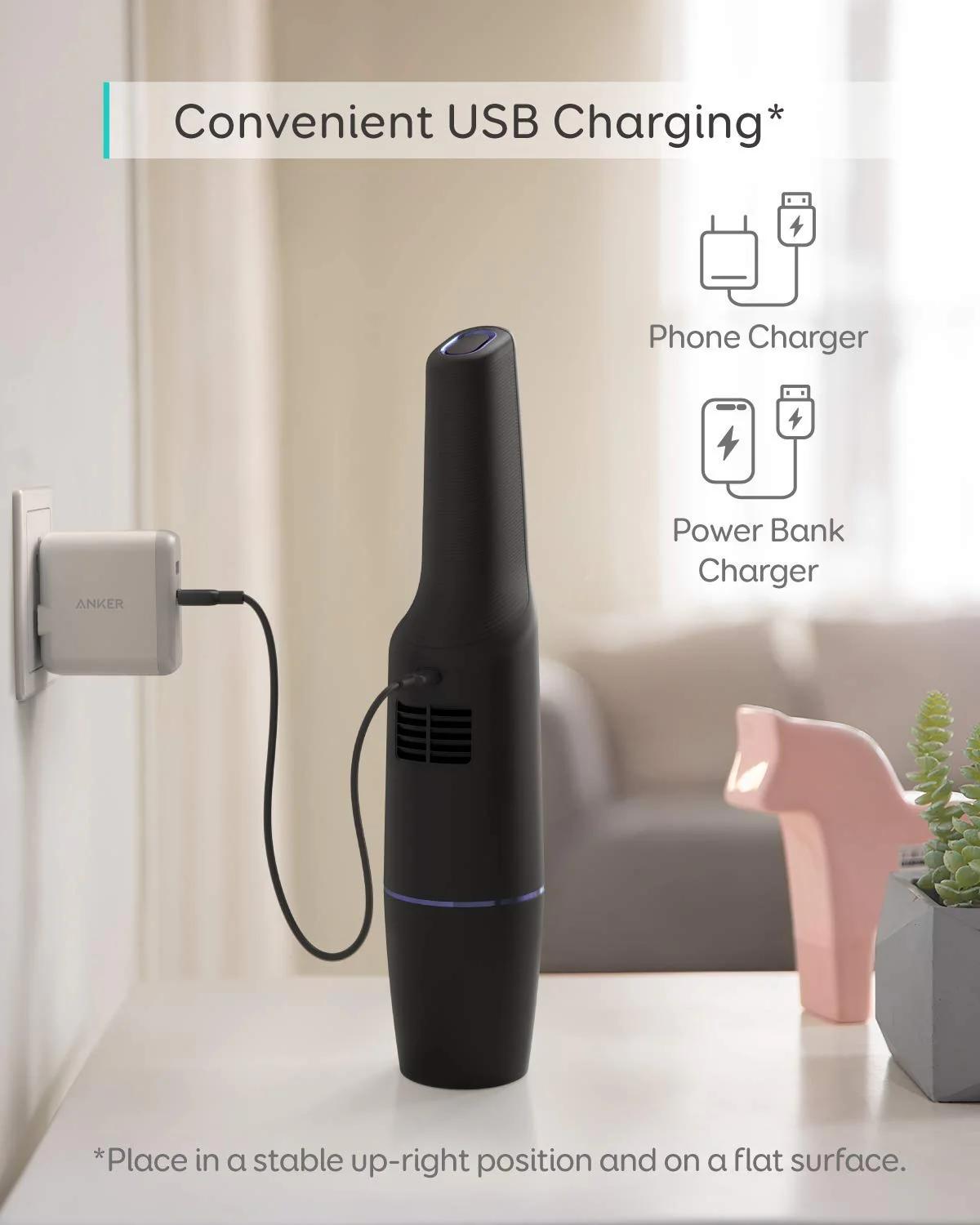Outdoor security cameras provide an
essential layer of protection for your home. Installing these devices can deter
potential intruders and provide peace of mind. This guide will help you
understand the best practices for installing outdoor security cameras. We will
cover optimal locations, step-by-step installation instructions, common
mistakes to avoid, and the benefits of professional installation. Whether
you're a DIY enthusiast or considering hiring a professional, this guide offers
valuable insights to ensure your security system is effective and reliable. Let’s
dive into the process and ensure your home is protected with the right security
camera setup.
What Are the Best Locations for Installing Outdoor Security Cameras?
Entry Points and Vulnerable Areas
Focus on securing entry points like front
and back doors, and first-floor windows. These are common entry points for
intruders. Positioning cameras here ensures you capture any suspicious
activity. Additionally, consider vulnerable areas such as garages and
driveways, which can also be targeted by criminals. Monitoring these spots
helps in keeping your property secure and deterring potential threats.

Height and Angle Considerations
Mount cameras at a height of 8-10 feet to
avoid tampering and to get a clear view. Angling the cameras correctly is
crucial; ensure they cover the desired area without obstructions. A downward
angle captures more detail of the intruder’s face and movements. Proper height
and angle enhance the effectiveness of your security system.
Environmental Factors
Consider weather conditions and lighting
when choosing camera locations. Cameras should be weatherproof to withstand
rain, snow, and extreme temperatures. Place cameras in areas with adequate
lighting, or choose models with night vision capabilities. For example, the
eufy SoloCam S220 has infrared LEDs and an f/1.6 aperture, allowing more to be
seen for excellent night vision. It can also withstand any harsh weather
conditions with its IP67 rating. Avoid placing cameras where direct sunlight
can cause glare. These considerations ensure your cameras function optimally in
all conditions.
How to Install Outdoor Security Cameras: Step-by-Step Guide
Gathering Necessary Tools and Equipment
Before starting the installation, gather
all necessary tools and equipment. You will need a drill, screws, anchors, a
ladder, and the camera system itself. Additionally, ensure you have the user
manual and any required cables. Having everything ready beforehand makes the
installation process smoother and more efficient.
Mounting the Camera
Start by marking the spots where you want
to install the cameras. Use a drill to make holes for the screws and anchors.
Secure the camera mount firmly to the wall or ceiling. Attach the camera to the
mount and adjust it to the desired angle. Ensure the camera is stable and
cannot be easily knocked off or tampered with. Following the manufacturer’s
instructions, connect any required cables or power sources.
Connecting and Testing the System
Once the cameras are mounted, connect them
to your security system. This may involve connecting to a DVR or a wireless
network. Follow the user manual to complete the connections. After connecting,
power on the system and check each camera's feed to ensure they are working
correctly. Adjust angles if necessary to cover all desired areas. With the eufy
SoloCam S340, you can say goodbye to blind spots with full home coverage. Enjoy
360-degree surveillance, check your front porch, monitor your backyard, and keep
an eye on the driveway with ease. Additionally, regular testing ensures your
system remains functional and effective.
Common Installation Mistakes to Avoid
Improper Placement
One common mistake is placing cameras too
high or too low, which can limit their effectiveness. Cameras should be placed
at an optimal height to capture clear images. Another mistake is positioning
cameras in areas with obstructions, which can block the view and reduce
coverage. Proper placement ensures maximum security and clear footage.
Ignoring Weatherproofing
Failing to weatherproof your cameras can
lead to malfunctioning during harsh weather conditions. Ensure cameras are
rated for outdoor use and have protective housing. Additionally, check seals
and cables to prevent water ingress. Ignoring weatherproofing can result in
damage and ineffective surveillance.

Skipping Regular Maintenance
Neglecting regular maintenance can lead to
reduced performance. Clean camera lenses periodically to remove dust and
debris. Check connections and mounts to ensure they remain secure. Regular
maintenance keeps your system in optimal condition and extends its lifespan.
What Are the Benefits of Professional Installation?
Expertise and Experience
Professional installers bring expertise and
experience to the table. They know the best practices for camera placement and
installation. They can also troubleshoot any issues that arise during
installation. Their knowledge ensures that your system is set up correctly and
operates efficiently from the start.
Warranty and Support
Professional installation often comes with
warranty and support services. This means any issues with the installation or
equipment can be addressed promptly. Support services provide peace of mind,
knowing that help is available if problems occur. The warranty ensures your
investment is protected.
Conclusion
Installing security camera outdoor is a vital step in protecting your home. By following this
guide, you can ensure your cameras are placed correctly and function optimally.
Proper installation and regular maintenance will provide continuous protection
and peace of mind. If in doubt, consider hiring a professional to ensure the
job is done right. With the right setup, you can monitor your property
effectively and deter potential intruders. Protect your home and enjoy the
peace of mind that comes with a well-installed security camera system.



